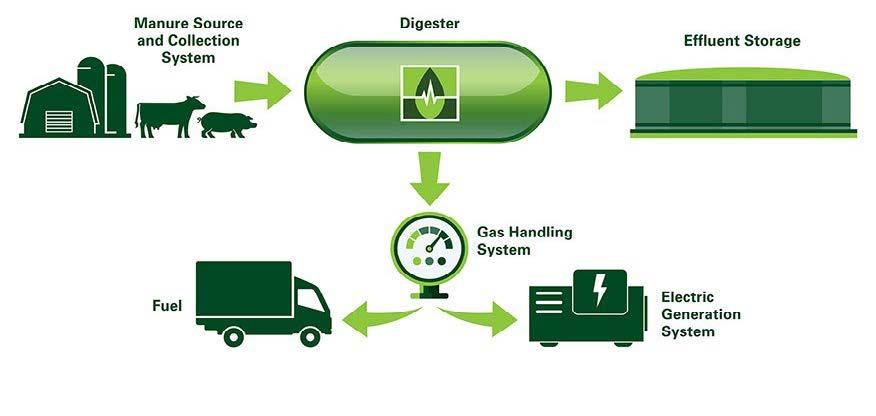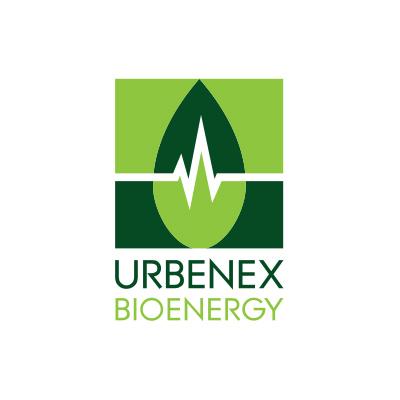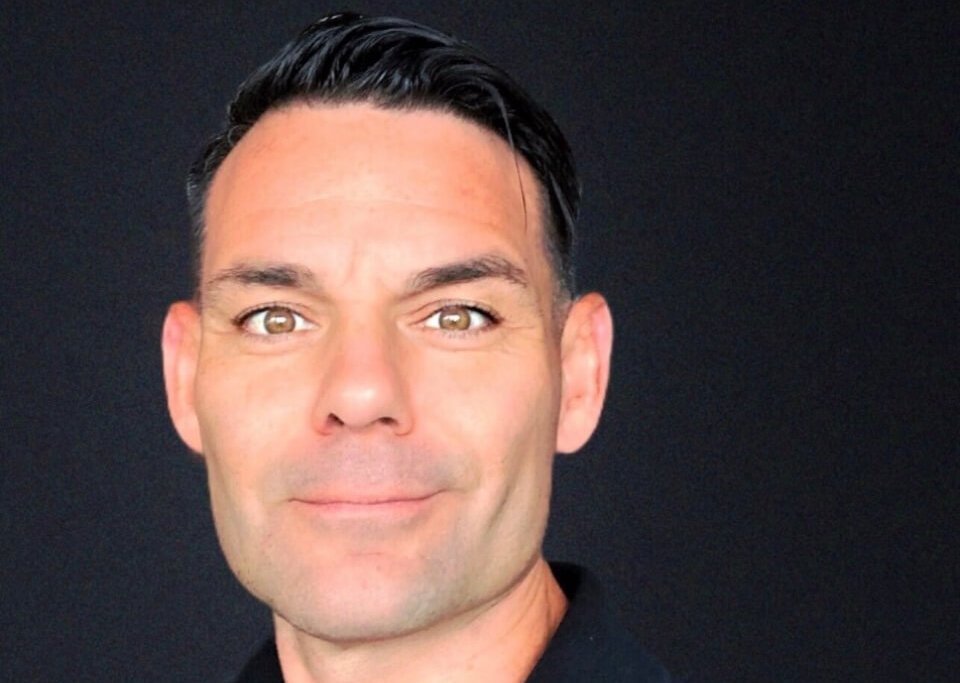Green = $$$: How It Pays to Go Green - Literally!

In a recent article on generating your own renewable energy, I outlined how this practice is not only environmentally friendly — it can also drastically reduce your energy bills. This is just one example of the financial benefits of going green. The fact is, going green can actually make you money.
A few weeks ago, a group of investors who read my book Decarbonize the World asked me to verify a green technology I know well: Anaerobic Digesters. Anaerobic digesters convert biomaterial into biogas, which can be used to run generators, cars, machinery, boilers to heat buildings—anything you can run on natural gas, you can run on biogas. This is because biogas is very similar to the fuel we call natural gas—but instead of coming from fossil fuels deep within the ground, it comes from recycling biomaterial and is therefore renewable.
When I Chaired the Town of East Hampton Energy Sustainability Advisory Committee, I led the Town Board to unanimously adopt a community wide goal to be 100% Renewable in Electricity, Transportation and Heating Fuels. I advised the Town Board to use all organic materials and biomass in a anaerobic digester to create methane, also known as biogas, a renewable source of natural gas, for transportation and heating homes.
I also utilized anaerobic digestion in the form of a carbon offset our construction company purchased to become one of the first carbon neutral builders in the country, when we were building a completely carbon neutral house in the construction stage. The offsets we purchased was to help a family farm in Georgia that collected manure from cattle and put it into an anaerobic digester, which converted that biomaterial into biogas. That biomass would otherwise release methane into the atmosphere, so by removing it and putting it into the anaerobic digester, the farmer captures that greenhouse gas, turning it into a renewable source of energy. If the farmer removes the same amount of greenhouse gasses as it produces in its operations, it will be 100 percent carbon neutral.
But that’s not the only benefit: this farm uses the biogas they create to run a generator, which produces the electricity used to power the farm. Whatever excess electricity they produce, they actually sell back to the utility to put on the electrical grid.
The business plan the investors showed me was for a company called Urbenex Bioenergy, who developed an entire business model on how money can be made going green, built around anaerobic digestion. They are proposing something amazing: they have removed the financial barrier of setting up and operating an anaerobic digester from the dairy farmer. Urbenex will build and operate a network of over 50 Anaerobic Digesters across California and other states, with no input from the farmer required except for manure.

Urbenex will then take the methane and CO2 produced in the digesters, sell those gases into the market as Compressed Natural Gas, (CNG) to fuel vehicles, heat homes and to make electricity. The CO2, which makes up for roughly 30 percent of the gases produced by anaerobic digesters, will be sold to the greenhouse industry.
The farmer is a partner in all of this, with Urbenex paying him $200,000/year, plus the obvious added benefit: the farmer gets rid of the manure—which, as you can imagine, is a real problem for dairy farmers! This incredible proposal offers these farming communities the opportunity to reduce their carbon footprint in a way that creates revenues from conversion of manure to renewable natural gas for transportation fuels, heating fuels and/or electricity—at no cost to the farmers. As a further benefit to the farmer, the after digestate is separated into liquid and solid forms, the liquid is typically applied as a low analysis fertilizer and the solids are used for animal bedding or sold for use in horticultural applications.
This is a win-win-win scenario. A win to the environment by reducing the carbon footprint of farming. A win to the farmer by having an anaerobic digester installed on his farm at no cost plus financial benefits and additional benefits of getting rid of the manure and further using after digestate in the farming process. A win for Urbenex who has developed a profitable business model.
Even if your business model is not built on making money by going green, going green can still offer substantial financial benefits. Along with other renewable electric production like solar panels, living in a hydroelectric grid, the production of renewable electricity is very inexpensive. I worked on a project in St. Lawrence County, NY, the renewable electricity was from the Messina hydroelectric grid. We worked, and lived on a family farm there, I discovered our electric prices were three cents per kilowatt hour—versus twenty-two cents per kilowatt hour in East Hampton! Companies can put those savings toward their bottom line, making them more profitable; they can in turn pass that profit on to their shareholders. They can use those savings to lower the cost of their products for consumers, giving themselves an even greater competitive advantage in the marketplace.
It’s win-win-win situation. People want to buy products that have a lower carbon footprint and will respond positively to a company that is actively and visibly working to lower its carbon footprint. In addition to this, it can benefit your bottom line, with savings from investing in and using renewable energy which can then be passed on to shareholders and/or consumers. And, to top it all off, you are actively reducing the harmful greenhouse gasses your business is putting into the atmosphere, helping to combat and slow climate change. You will literally be helping to save the world.
-PARTNER CONTENT




